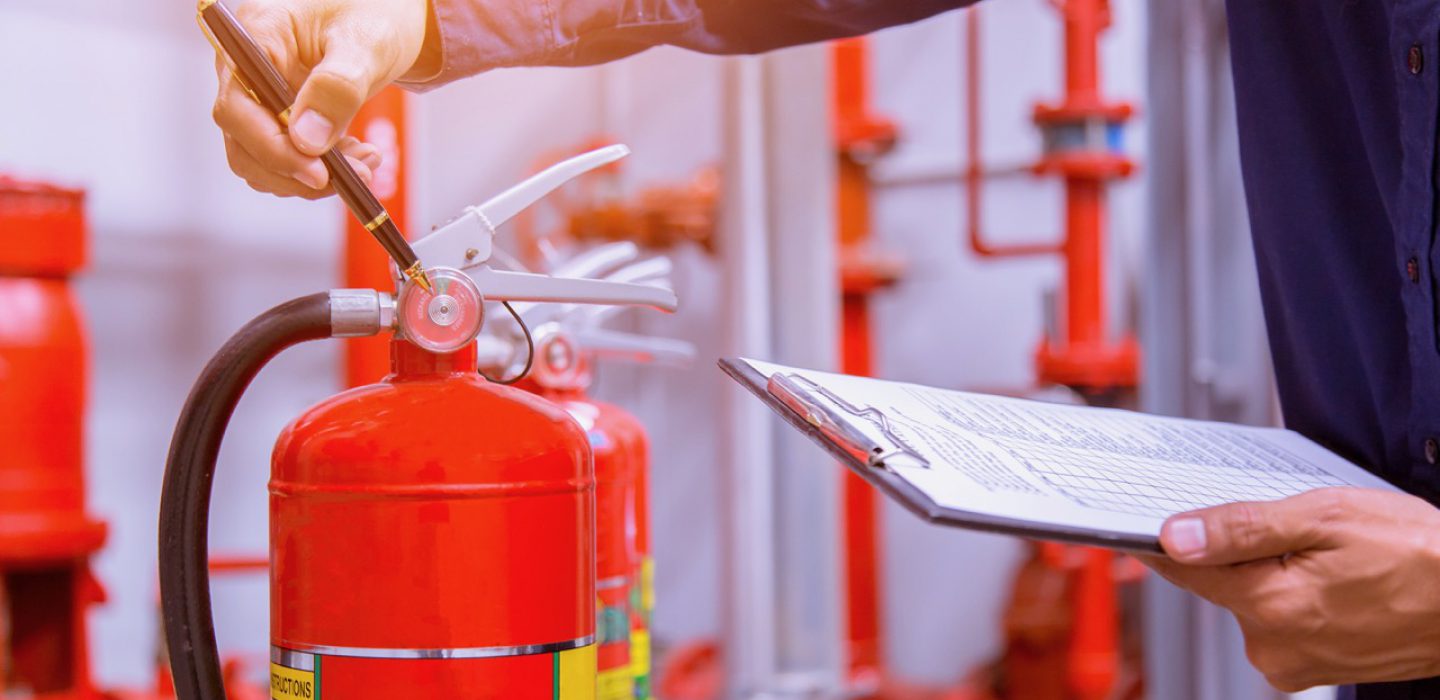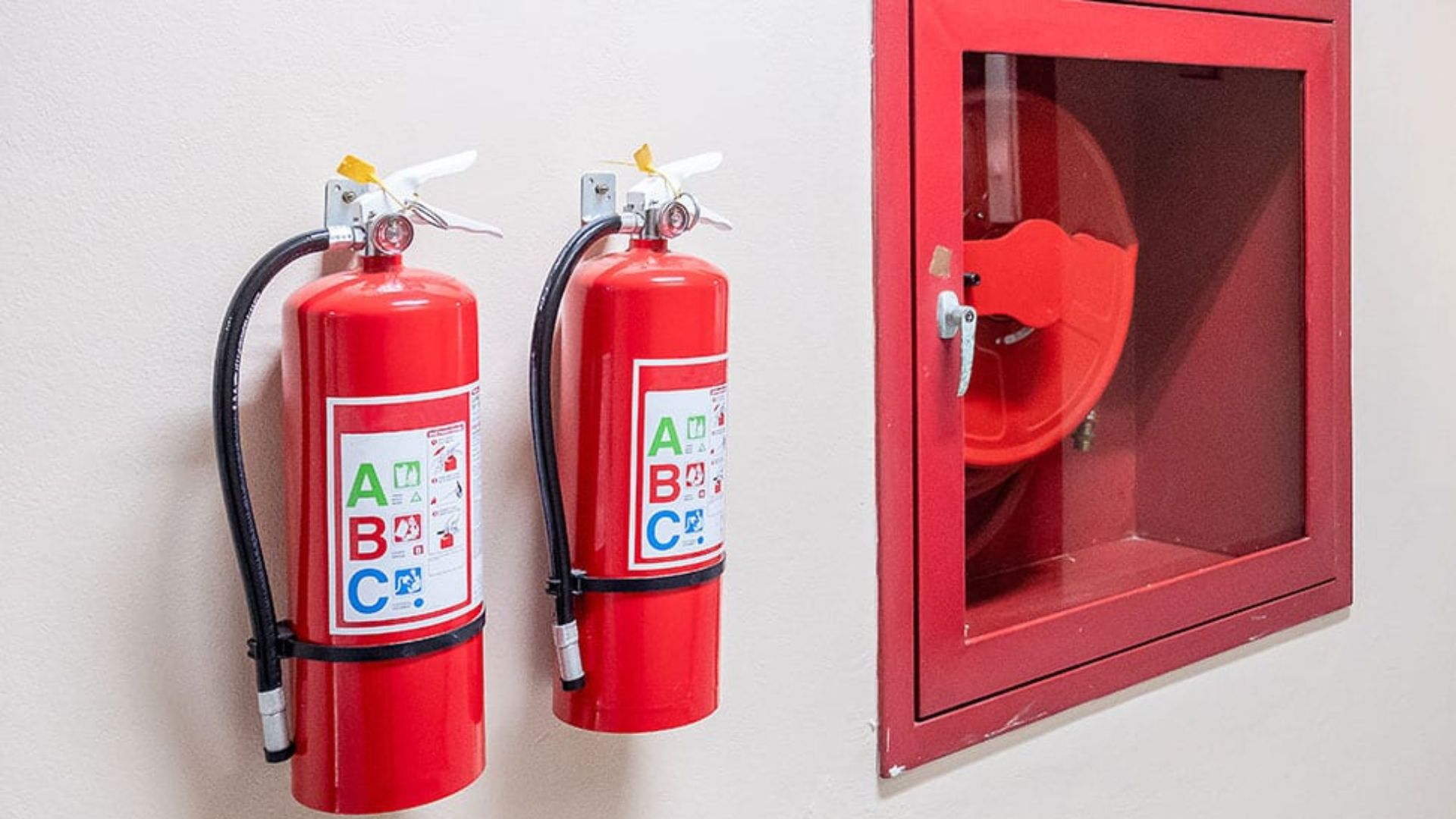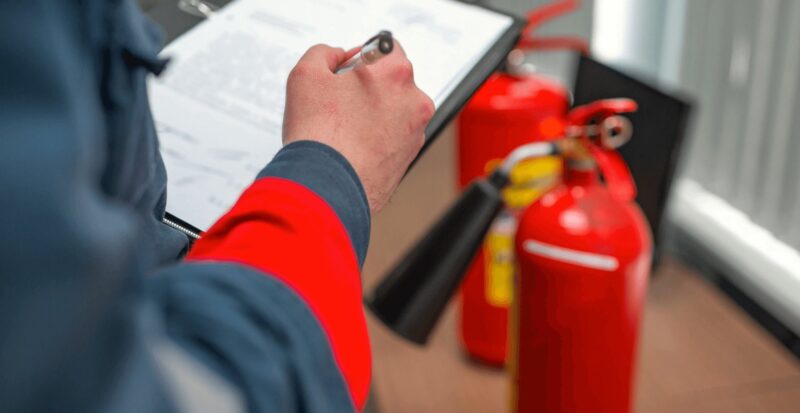In an era where urban landscapes expand and buildings reach dizzying heights, the safety of occupants remains paramount. Fire incidents, often unpredictable and devastating, underscore the urgent need for effective strategies to mitigate risks.
Professional risk assessments have emerged as a cornerstone in the realm of building fire safety, offering tailored insights that can save lives and property. These assessments go beyond mere checklists; they involve a meticulous evaluation of potential hazards, fire dynamics, and human behaviors.
By adopting a proactive approach, stakeholders can devise robust fire safety plans that not only comply with regulations but also foster a culture of safety. As we delve into the intricacies of fire safety, we will explore essential strategies that both highlight the importance of thorough evaluations and empower organizations to take decisive action against the threat of fire.
Together, let’s uncover the vital role these assessments and strategies play in creating safer environments for all.
Understanding Fire Risk Assessments

Understanding fire risk assessments is essential for ensuring the safety of any building. These comprehensive evaluations involve identifying potential fire hazards, analyzing the vulnerabilities of a structure, and assessing the effectiveness of existing fire prevention measures.
A trained professional meticulously examines the layout, occupancy, and materials used in construction, all while considering the unique characteristics of the surrounding environment. This intricate process not only helps in formulating robust fire safety strategies but also aligns with legal and regulatory standards.
Ultimately, the goal is to create an actionable plan that minimizes risk and safeguards lives, fostering a culture of safety that extends beyond mere compliance and into the realm of proactive prevention. In an era where fire incidents are not just unfortunate events but catastrophic tragedies, understanding and implementing thorough fire risk assessments becomes not just prudent, but imperative.
Identifying Fire Hazards in Buildings

Identifying fire hazards in buildings is a critical first step in ensuring safety and preventing devastation. Various factors contribute to potential fire risks, ranging from the materials used in construction to the layout of electrical systems. Flammable substances, such as cleaning chemicals or stored paper products, can create dangerous conditions if not managed properly.
In older buildings, outdated wiring often poses a significant threat, igniting without warning. Moreover, a building’s design affects the likelihood of fire spread; narrow hallways and congested exits can hinder evacuation efforts.
Regular inspections, coupled with a comprehensive understanding of common hazards, empower property owners and managers to mitigate risks effectively and cultivate a safe environment for occupants. Such proactive measures not only safeguard lives but also protect property and preserve community assets.
Evaluating Risk Factors

Evaluating risk factors in building fire safety is a multifaceted process requiring a keen eye and a methodical approach. First, one must consider the physical characteristics of the building—its layout, materials, and occupancy levels can significantly influence fire behavior and escape routes.
Next, it’s essential to analyze the surrounding environment. Proximity to adjacent structures and the availability of emergency access play critical roles in assessing risk.
Human elements also come into play; understanding the demographics of occupants—such as their mobility, level of awareness, and emergency response training—can shape fire safety strategies. Additionally, neglecting the role of maintenance and management protocols can lead to unforeseen vulnerabilities.
Thus, the assessment must weave together these disparate threads into a comprehensive picture, identifying potential hazards while proposing targeted interventions to mitigate risks and enhance overall safety.
Conclusion
In conclusion, ensuring optimal building fire safety demands a comprehensive approach that combines thorough professional risk assessments with proactive strategies tailored to each unique environment. By prioritizing fire risk assessment as a critical component of building management, stakeholders can identify potential hazards, implement effective solutions, and cultivate a culture of safety.
As we navigate an increasingly complex landscape of fire safety regulations and technologies, continuous education and collaboration among professionals will be essential in fortifying our defenses against fire-related incidents.
Ultimately, a commitment to rigorous safety practices not only protects lives and property but also fosters community trust and resilience in the face of potential emergencies.


